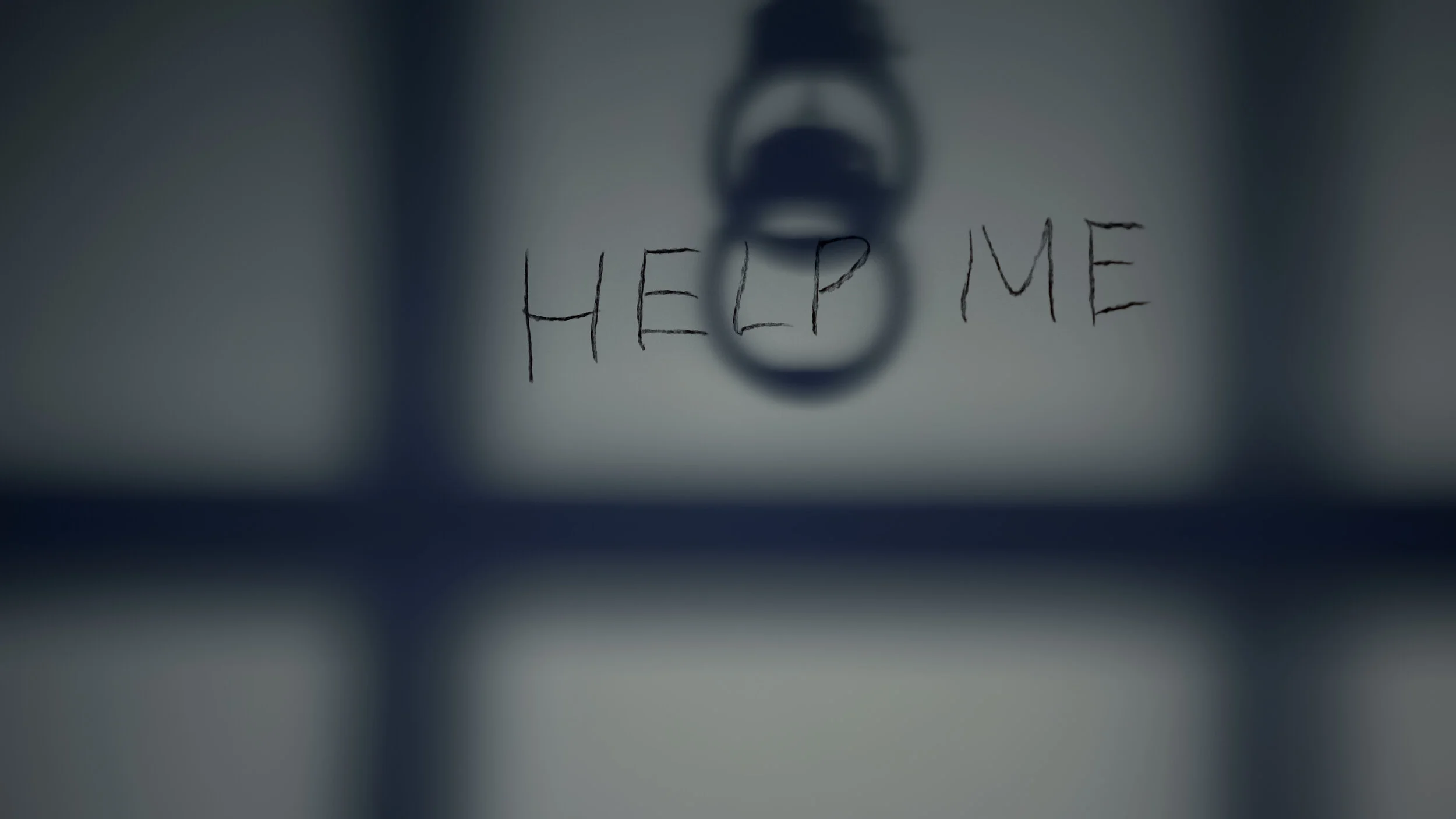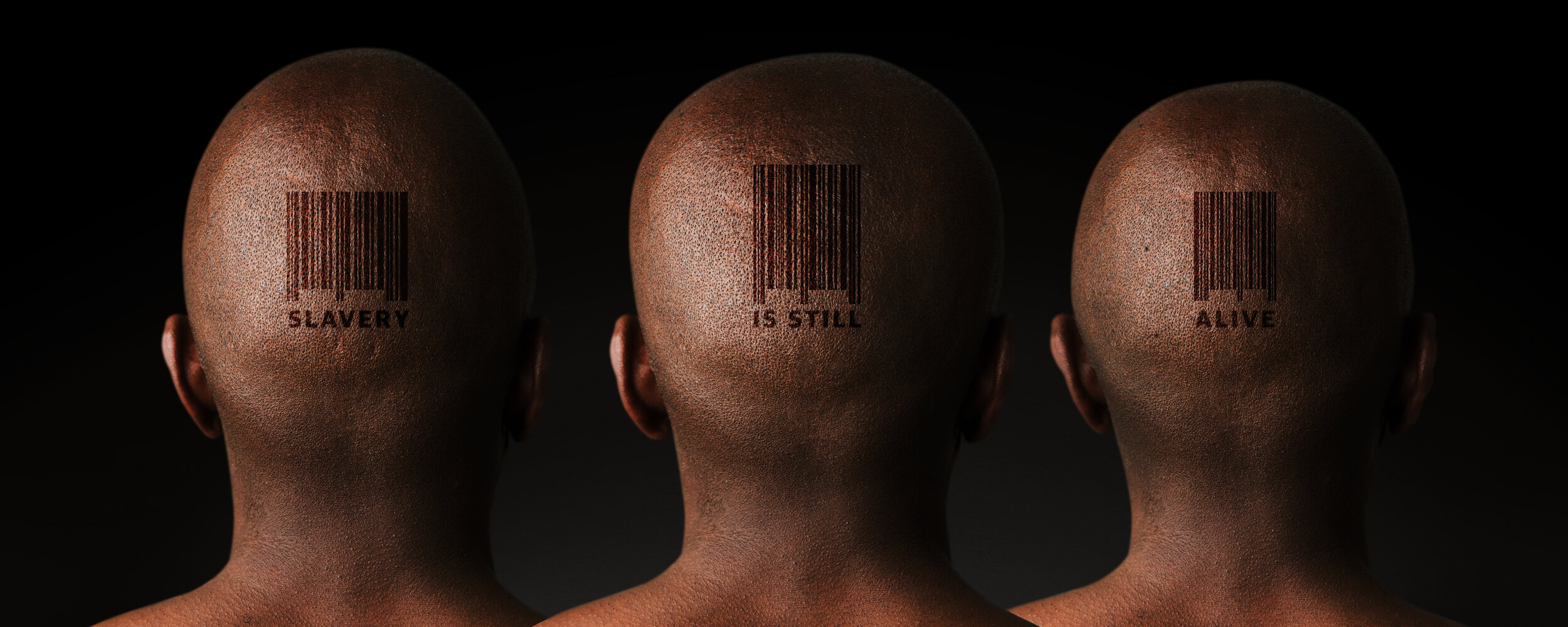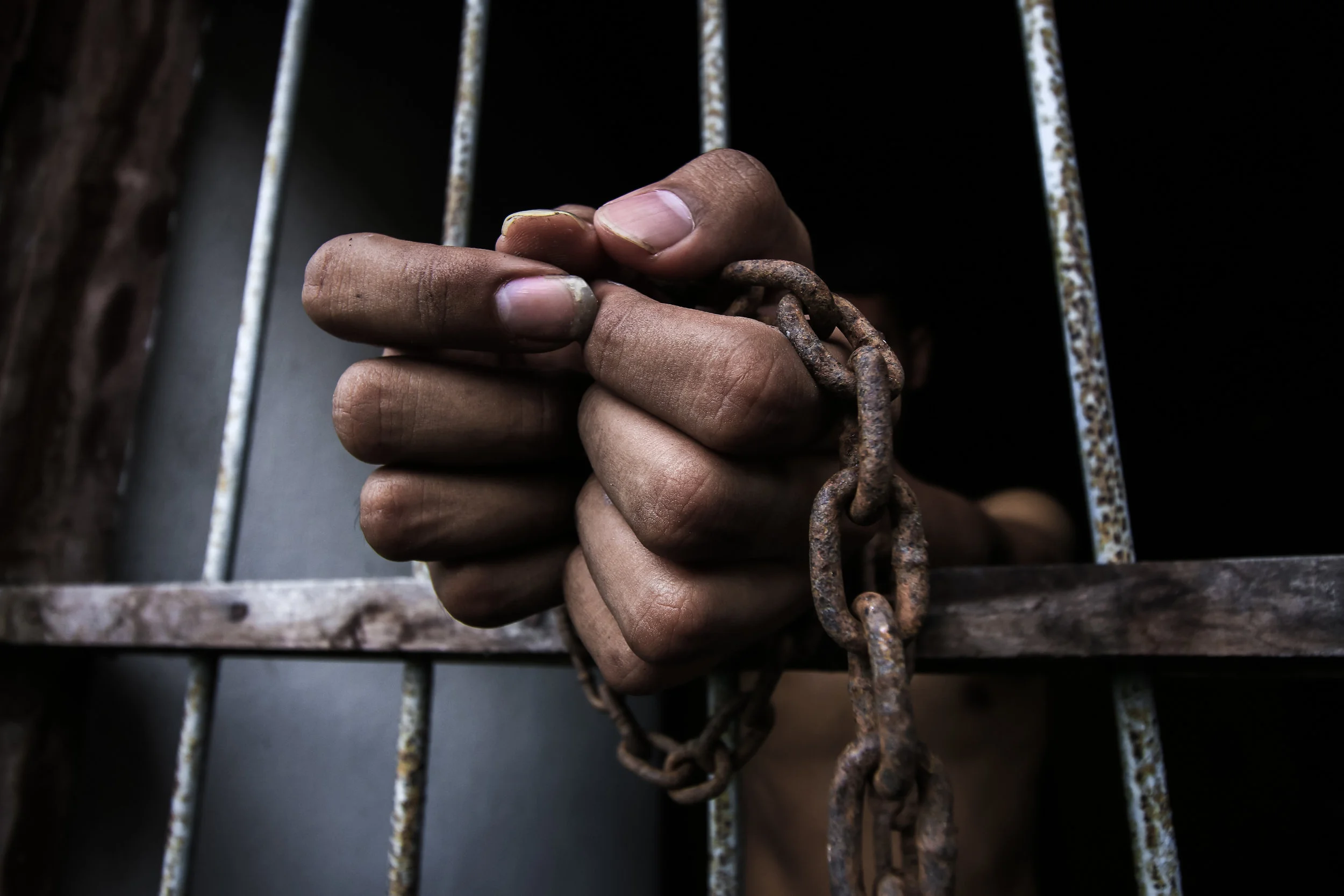By Linda Stalters, MSN, APRN (ret)
Founder and Chief Executive Officer
Schizophrenia And Related Disorders Alliance of America
2308 Mount Vernon Ave, suite 207 | Alexandria, VA 22301
(240) 423-9432 | www.sardaa.org
Submitted to POTUS on August 8, 2019 in response to his announcement that he wants to work to improve treatment for people with severe mental illness.
SARDAA - Improving lives affected by psychosis
Dear President Trump:
The Schizophrenia And Related Disorders Alliance of America represents eleven million Americans suffering from serious mental illness (SMI). On behalf of these Americans, thank you for your recent public commitment to help those with severe mental illness. We applaud your courageous leadership to address the problems directly.
Like you, we believe many tragedies can be avoided if we provide qualified and timely professional care. You have our commitment and ongoing support in achieving your goals of better prevention and treatment. Along with other supportive organizations, we respectfully request an opportunity to meet with you and/or the Vice President to help you achieve realistic and appropriate actions for preventing these tragedies.
With more accessible qualified professional care for those in need, we believe many tragedies could be avoided. More than twenty percent of Americans have a diagnosable neuropsychiatric brain illness (ranging from mild to severe) in any given year, essentially touching almost every American family. The vast majority of the affected Americans who receive treatment have no more propensity for violence than anyone else, indeed, they are more likely to be the victim of violence than others. However, at least 40%-50% of those with a serious neuropsychiatric brain illness are NOT receiving appropriate care.
Getting help is very difficult due to a critical shortage of providers (Half of the counties in the USA have no psychiatrist, no psychiatric nurse practitioner, nor psychologist), and a person with a serious neuropsychiatric brain illness is ten times more likely to be in jail instead of receiving treatment in a hospital or dies by suicide. Even where help is available, our HIPAA laws prevent communication between family members and providers, blocking valuable information from being shared about a patient’s risk or critical treatment needs.
It is a horrible commentary on our nation that the majority of those in our prisons have a brain illness, often remaining untreated, abused, and increasingly ill while incarcerated. Had these people received appropriate treatment, most would never be in jail, would be in the workforce and living with their families. Unfortunately, even when the family members beg to get their loved ones help, current laws tie the hands of providers. Doctors, police, and the courts cannot compel someone to be in treatment until they are an “imminent danger” to harm themselves or someone else. Opponents of compelled treatment argue for their “right” to refuse treatment, rather than to protect their “right” to get well. But when someone with a brain disease (serious mental illness) has committed a crime, they have no rights once put in jail. It is far more compassionate to treat them early rather than to wait for harm.
We need treatment to avert tragedy.
We suggest several clear paths of action directly helping millions of Americans who are impacted by severe neuropsychiatric brain illness:
1. Fund access to quality brain (mental) health care.
2. Build the psychiatrist, psychiatric nurse practitioner, and psychologist workforce by forgiving student loans for those working in underserved areas.
3. Support school efforts to identify children at risk, get them professional help, and maintain community-based treatment after graduation. (NOTE: Half of serious neuropsychiatric brain illness appears by age 14, and 75% by age 24. Many suicides are in this age range when symptoms are first emerging, and early care is absolutely essential during this time.
4. Support court-ordered Assisted Outpatient Treatment for those not ill enough to be hospitalized but who still benefit from remaining in treatment.
5. Require more police to receive Crisis Intervention Training so they have the tools to de-escalate a crisis before it turns harmful.
6. Increase support for criminal justice system diversion programs that facilitate patients to receive evaluation and treatment rather than be incarcerated with poor or no attention to their brain illness.
7. Increase programs to prevent and address homelessness for individuals with a brain illness.
8. Suicide rates among police are climbing. Funds are needed for first responders to receive counseling for their own post-traumatic stress.
9. Reform HIPAA laws to allow very selective, compassionate communication between providers and responsible family members for those adult patients clinically unaware of their illness or are not following up on their own care.
Thank you again for your leadership and compassion for America’s families dealing with neurological brain illnesses referred to as severe mental illness.
With sincere gratitude,
Linda Stalters, MSN, APRN (ret.)
Chief Executive and Founder
SARDAA
Mobile: 240-500-6131
Linda.stalters@sardaa.org
www.sardaa.org




















